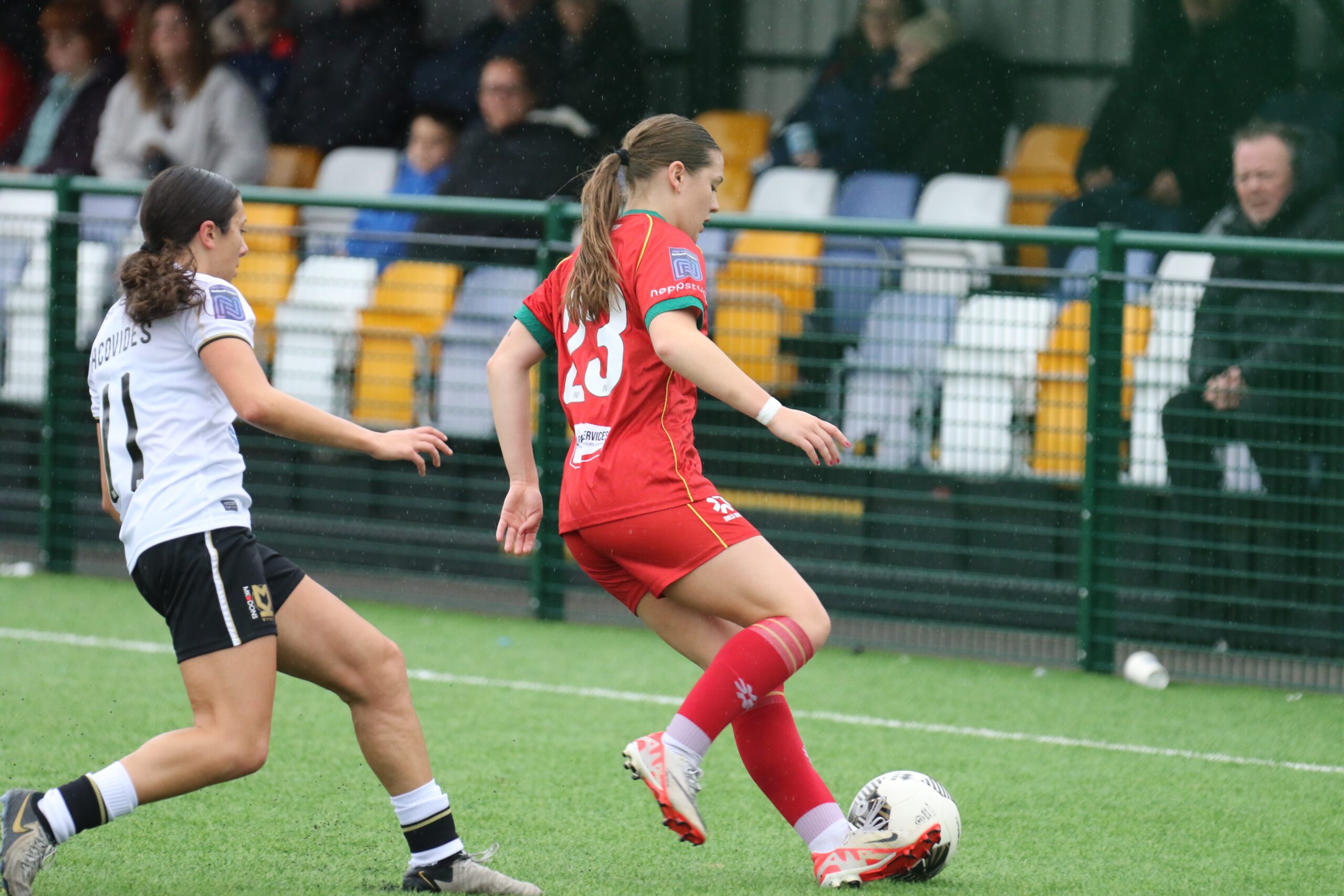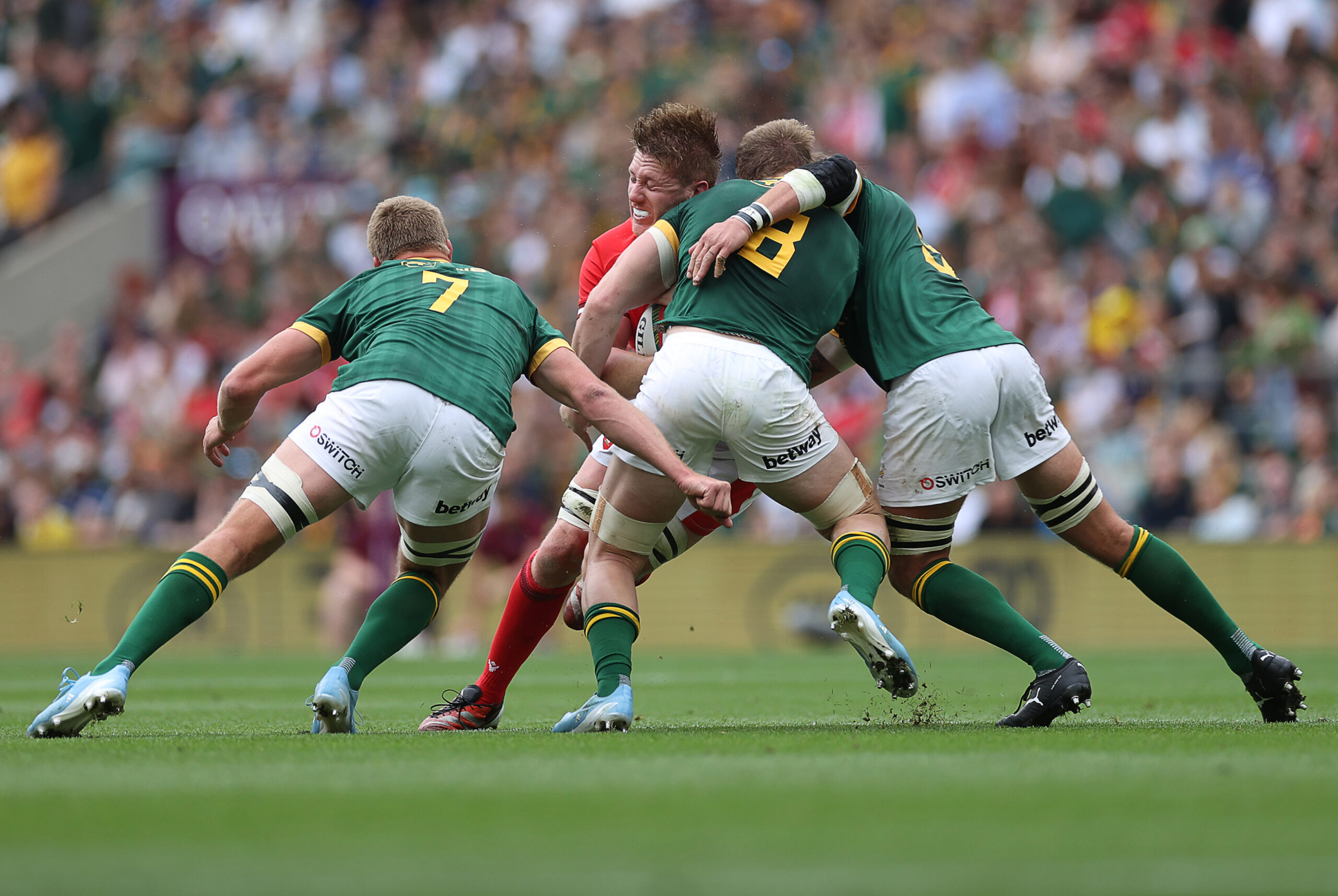The Stats Behind Being 0 From 4
It’s a bleak time to be a Wales rugby fan right now.
The men’s Six Nations saw a first wooden spoon since 2003 with a young squad that battled hard but ultimately came up well short, particularly in the second half against France, ultimately losing all five games.
The backdrop to that has been cuts to the budgets of the regions with three of the four struggling as a result, the outlier being Ospreys who still have a chance of the play-offs.
When it came to the women’s Six Nations there was hope of a better tournament.
Wales have finished third in the last two competitions, earning a place at rugby’s top table in WXV1 last Autumn, playing against the best teams in the world.
However, after losing all three of those games against Canada, New Zealand and Australia, Wales have since lost their first four games in the Six Nations bringing their winless run to seven.
The 36-5 loss in Ireland saw the team come in for particular criticism, having beaten the same opposition 31-5 in Cardiff a year ago.
There have been positives. Debuts for Jenny Hesketh, Sian Jones, Molly Reardon, Gwennan Hopkins, Cath Richards and Mollie Wilkinson, while Alex Callender at flanker has been brilliant.
According to the statistics from Sage on the Women’s Six Nations’ website, Callender has made the second highest amount of carries in the tournament, 53 for 222 metres, whilst also making the most tackles, 65, and is second for most defensive ruck arrivals, 32, and breakdown steals, four.
If you look at the team statistics however, the reasons behind Wales’ struggles become a bit more obvious.
Wales have made the second fewest metres in the championship, ahead of Scotland and have also made the least offloads and joint fewest linebreaks.
On the flip side, Wales have made fewer tackles than everyone bar England but also have the second worst tackle success rate.
Summation, Wales aren’t clinical in attack and are slipping off tackles defensively, arguably the worst combination for any coach.
Despite failing to cross the try line, in between the 22s Wales’ close quarters attack and play off 10 was much improved against France especially when compared to Ireland the week before. However, the three quarters have struggled to click.
In a game where Wales had 62% of territory and possession, France wing Joanna Grisez scored two interception tries when the ball was spread wide, while several passes went to ground which contributed to 28 handling errors.
Ultimately however, one statistic stands tall amongst the rest.
Wales failed to score against France, with the 0-40 final scoreboard a stark reminder of the distance between both sides.
If Wales wish to compete, they need to score more tries, having only scored four this championship so far.
They know a similar performance this weekend against Italy will mean they follow the path of the men and have the ignominious honour of receiving the wooden spoon.











